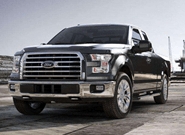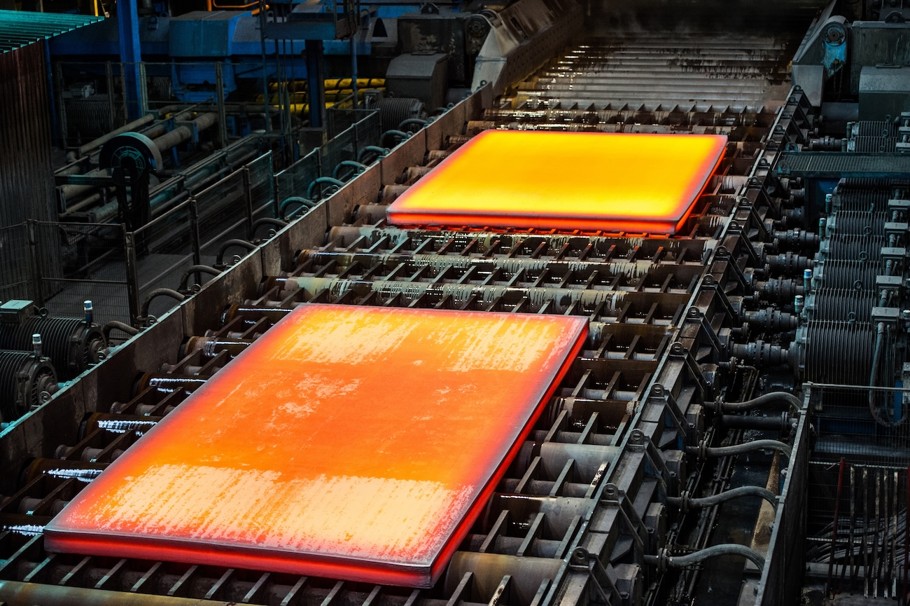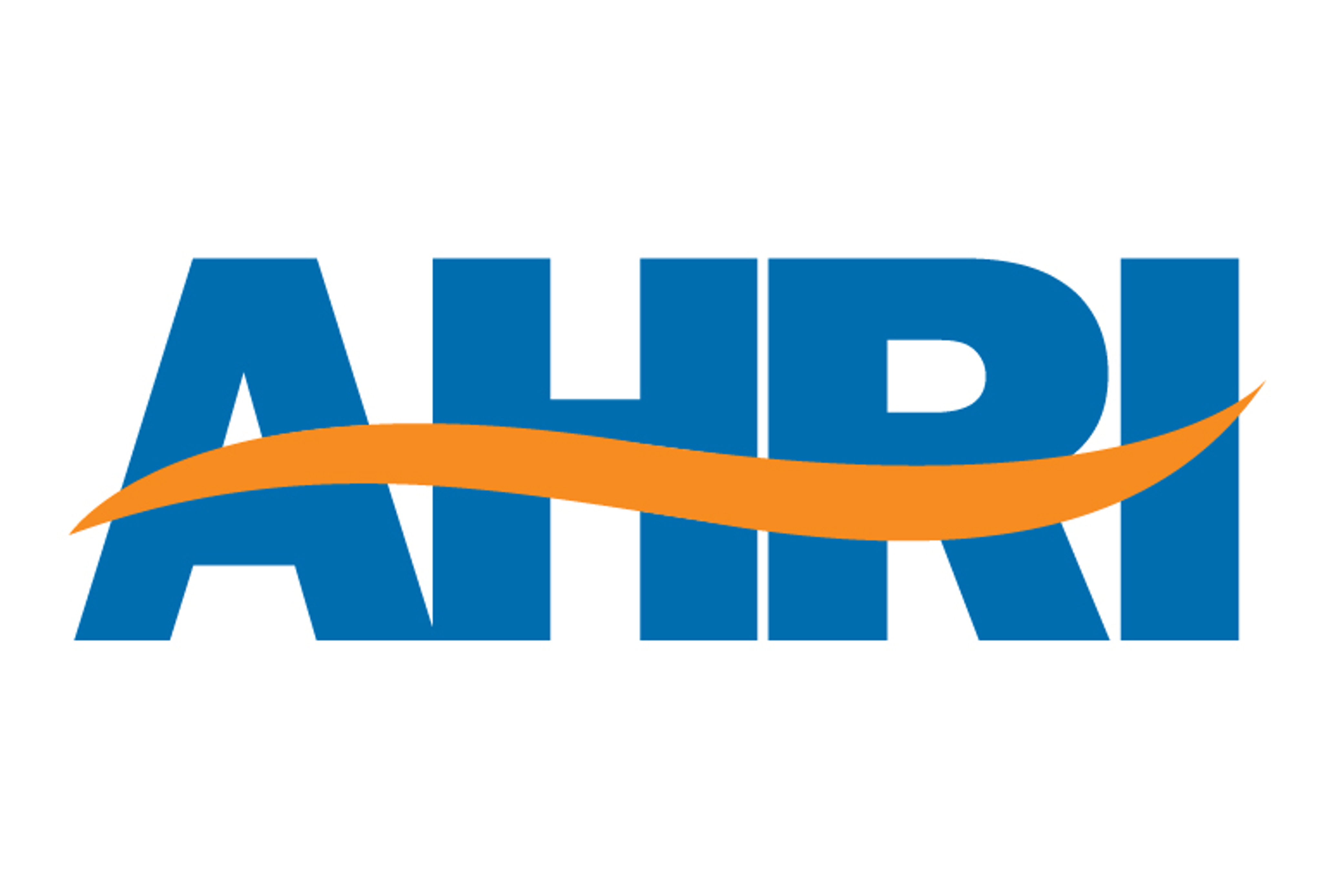Analysis

June 2, 2020
Auto Sales Pick Up as Automotive Operations Restart
Written by Sandy Williams
Auto sales in May are expected to be up 49 percent from April as the economy starts to reopen, says Cox Automotive. Sales are forecast to finish the year around 11.4 million vehicles, better than last month’s annual rate of 8.6 million, but far below the 17.4 million level seen in 2019, said Cox.
“Recent trends suggest daily sales are showing significant gains over March and April’s collapse. Data reveals the market hit a bottom around the first of April, and since then has been making a slow but steady recovery,” said Charlie Chesbrough, senior economist at Cox Automotive The opening of dealerships, and whole states, over the last few weeks is greatly contributing to the upward sales trend. The key question for the market going forward is whether these modest but steady sales gains will continue into June or does the sales recovery stagnate.”
Average prices for new vehicles rose 4 percent year over in May to $38,940 although were down 0.6 percent from April, according to Kelly Blue Book.
“Though new-car sales will be down significantly for the third month in a row due to the COVID-19 pandemic, average transaction prices have actually strengthened over this period for several reasons,” said Tim Fleming, analyst for Kelley Blue Book. “Incentives, deferred payments, and low APR deals are helping consumers stretch out their monthly payments over longer terms. Inventory levels have tightened as the economic recovery has begun, but little new supply has arrived yet from the factories that restarted in May. Finally, the share of pickup trucks has spiked recently, reaching an all-time high in April.”
As the automotive industry gets back to business after multiple shutdowns due to the COVID-19 crisis, new protocols are in place including staggered shifts, use of personal protection equipment and social distancing measures.
Most North American auto plants are back in operation according to data from the Center for Automotive Research, which is monitoring production restarts in the U.S., Canada and Mexico. Automotive production is an integrated process that relies upon parts and components from manufacturing plants across the three countries.
Plants in Mexico lagged behind those in the U.S. due to a later peak in COVID-19 cases. Volkswagen is anticipating a June 15 restart of Mexican operations in the states of Puebla and Guanajuato.
The restart of factories has been challenged by infected workers and part shortages resulting in production lines stopping and restarting. Brief production stoppages have been reported at Ford, GM, FCA, Honda and Toyota due to COVID-19 outbreaks.
“I think this is the way this is going to be for a while,” said Kristin Dziczek, vice president of industry and labor at the Center for Automotive Research. “You need to have the confluence of healthy workers, a healthy supply chain and healthy demand all at the same time.”







